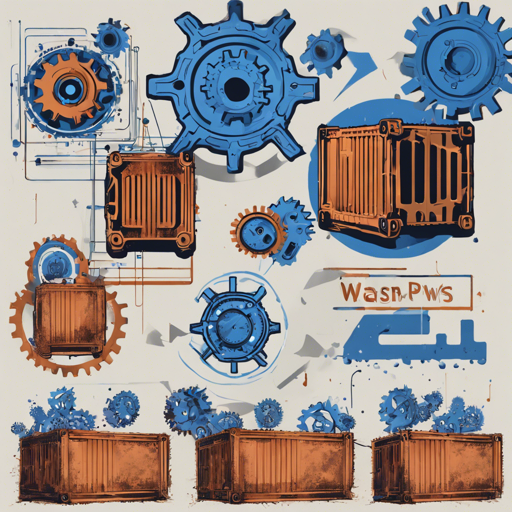Welcome to our exploration of WASM wrappers around Rust crates, a fascinating topic that can help enhance your development experience in the realm of blockchain technology. This guide will walk you through understanding and developing within the @polkadotwasm ecosystem, making it user-friendly and straightforward.
Overview of @polkadotwasm
The @polkadotwasm library comprises a series of internal packages, notably wasm-crypto. This particular package focuses on various hashing functions and cryptographic algorithms such as sr25519 and ed25519. It’s a crucial component, especially since, for sr25519, WASM is the only available interface.
The decision to manage this as a separate repository stems from the need to streamline updates and optimize the WASM compilation process. By focusing on a dedicated CI configuration, these packages can evolve more efficiently without the constant adjustments seen in larger combined repositories.
Getting Started with Development
Contributions to the @polkadotwasm repository are encouraged, making it a vibrant space for developers aiming to make a difference in the blockchain landscape. To set up your development environment, follow these steps:
- Clone the repository from GitHub.
- Navigate to the cloned directory.
- Install dependencies using
yarn, NOTnpm. Usingnpmcould lead to broken dependencies.
By following this structure, you’ll ensure a seamless development process aligned with the project’s workflow.
Understanding the Code Analogy
Imagine the @polkadotwasm packages like a well-organized library. In this library:
- The shelves represent the different internal packages, each dedicated to specific tasks, like our wasm-crypto.
- The books on each shelf are the various functions and algorithms, such as hashing and cryptographic procedures.
- Just like a library uses a Dewey Decimal System to categorize books for easy access,
yarn workspacescategorizes dependencies to prevent the confusion and chaos that losing a single book might cause.
Similar to how a library thrives on organization and proper system, the @polkadotwasm ecosystem benefits from structured management of its codebase.
Troubleshooting Common Issues
As you embark on your development journey, you might encounter a few bumps along the way. Here are some troubleshooting tips:
- Dependency Errors: If you notice broken dependencies, ensure you’ve used
yarnfor installation. If issues persist, consider updating the yarn lock file. - WASM Compilation Failures: Inspect your environment configuration and ensure that all required build tools for compiling WASM are in place and properly configured.
- Performance Issues: Remember that optimization can take time. Check your CI configurations to ensure that they align with WASM compilation best practices.
For more insights, updates, or to collaborate on AI development projects, stay connected with fxis.ai.
Final Thoughts
At fxis.ai, we believe that such advancements are crucial for the future of AI, as they enable more comprehensive and effective solutions. Our team is continually exploring new methodologies to push the envelope in artificial intelligence, ensuring that our clients benefit from the latest technological innovations.
With this guide, you’re now equipped to dive into the world of @polkadotwasm and contribute to its growing ecosystem. Happy coding!

